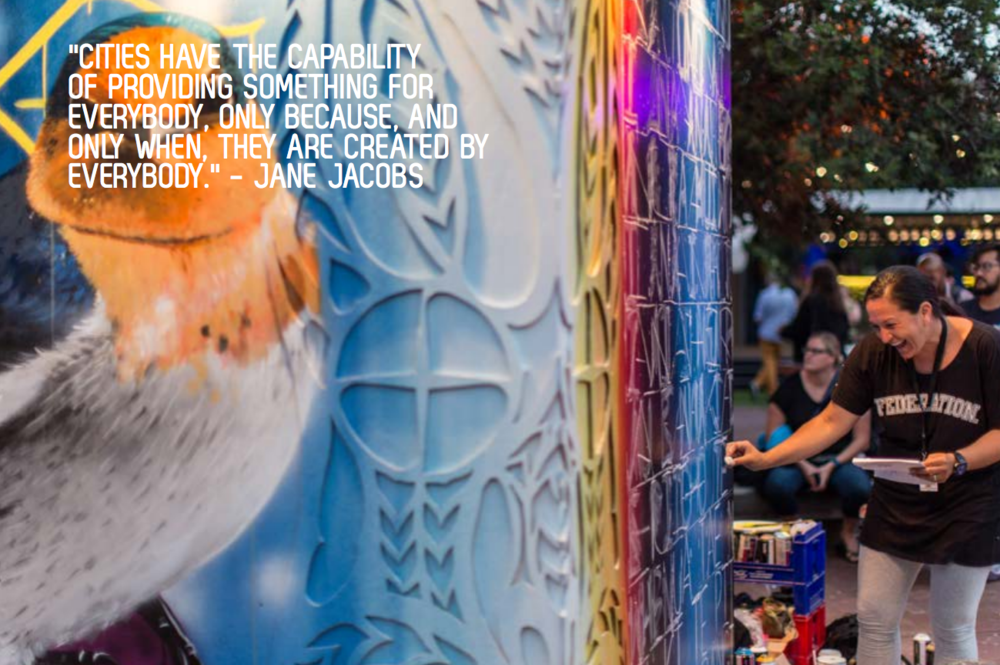It’s hard to believe it has been nearly two and half years since I first started at the DHW Lab. To begin with, I would like to say that it has been some of the best years of my life. It’s a privilege working alongside the other members of the DHW Lab design team. They are all incredibly talented, passionate and friendly and I can’t thank you enough for their kindness to me over the years. And Steve, let’s not forget, thank you for giving me the opportunity to be a part of it!
In conjunction with my masters, my time at the Lab has been a huge learning experience. I have learnt a lot about the complexities of the hospital and challenges of practicing design in a large, well established organisation. Shifting people's mindset is never easy, but now, more than ever, I believe it’s worth it. Each project, actualised or non-actualised, is a step towards helping those involved in healthcare to see the importance and value of human-centred design.
Working with designers of other disciplines has also helped me to develop my design process and the way I work best as a designer. Particular highlights include working with Eden AKA ‘Illustrator & Wayfinding Sensei’ on the Rosella wayfinding project, working with Nick AKA ‘UX/UI & Coffee Sensei’ on the Script app and working alongside Reid AKA ‘Product & Life Sensei’ on the privacy booth.
Probably most importantly, the Lab has made me realise that this is the type of work I want to be doing, at least in the near future. I find it both morally and creatively fulfilling. The decision to leave the Lab was therefore not an easy one. It’s tough saying goodbye to my friends and family here in New Zealand. But, I hope that I can continue to find a similar sense of purpose in Toronto at Healthcare Human Factors, and potentially bring some of my learnings back with me. It will be a new adventure for my wife and I and one that I hope to share with you all when we get back.
To finish I thought it might be nice to list some of my key personal takeaways from the Lab. They are as follows:
- Workspace is crucial. Make it cool, make it open plan, make it yours. It makes you want to come to work and do great work!
- Hang out, talk to and ask for advice from your colleagues. If you want a true anti-hierarchical working environment you need to be mates! There is so much to learn from just chatting to one another.
- Design success is measured completely differently to those in healthcare. Don’t let resistance to an idea get you down. Push-back is part of the job description, so learn to be patient and content with knowing you have tried, and continue to try, your best.
Learn to tell and ‘show’ non-designers what you do, how you do it and why it’s important. A huge part of this is making, even at the very beginning of a project. A shared understanding helps to better connect design problems with design solutions and enables non-designers to contribute more constructively to the design process.














